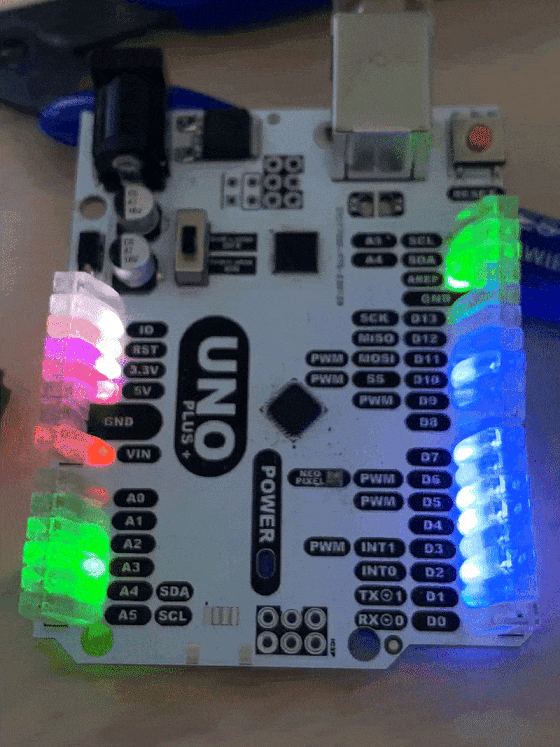 | 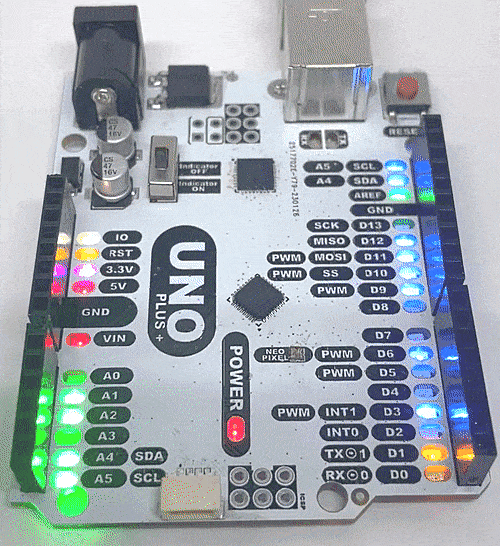 |
 | 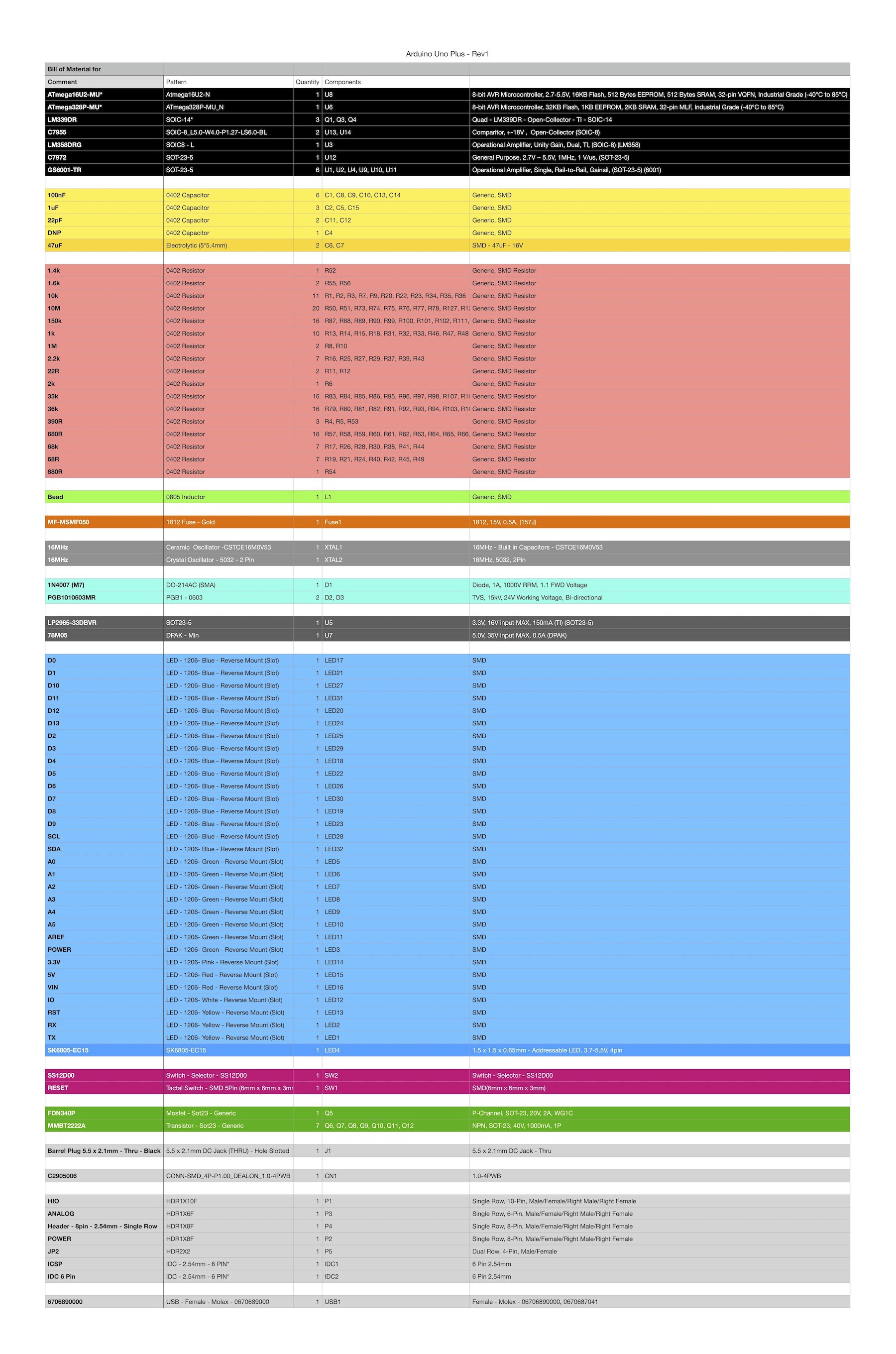 |
 Gerber Files | 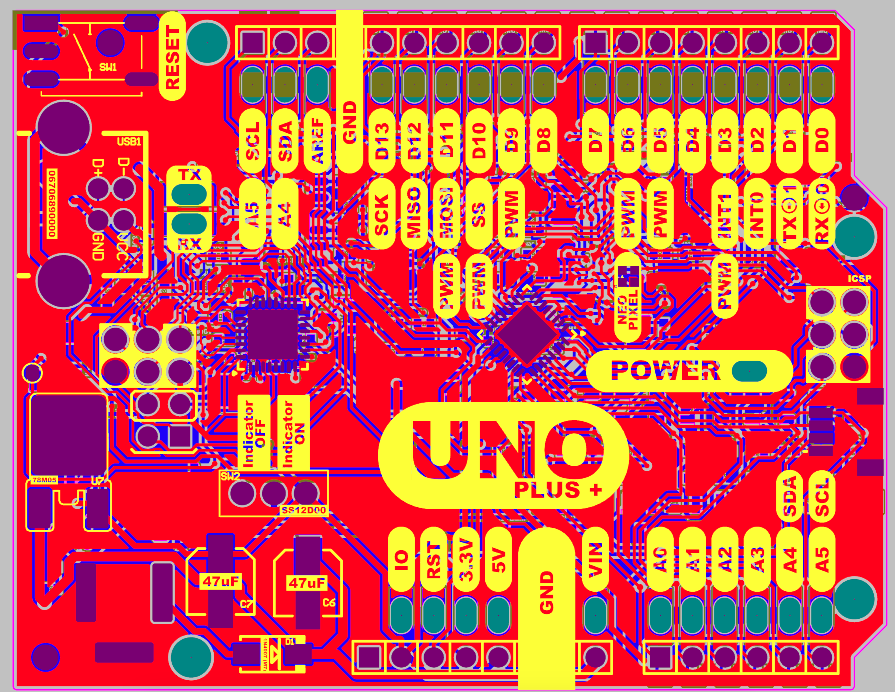 |
 | 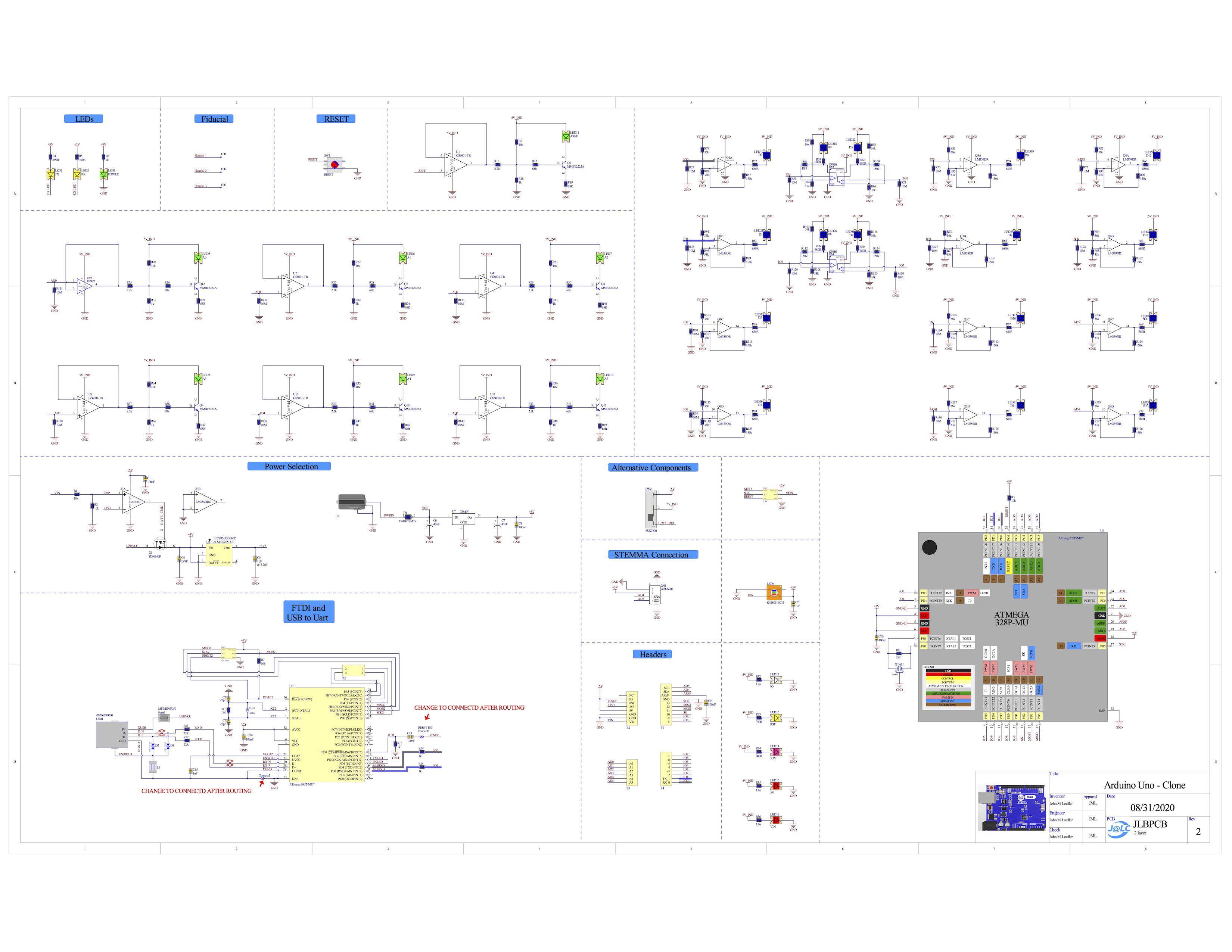 |
 | 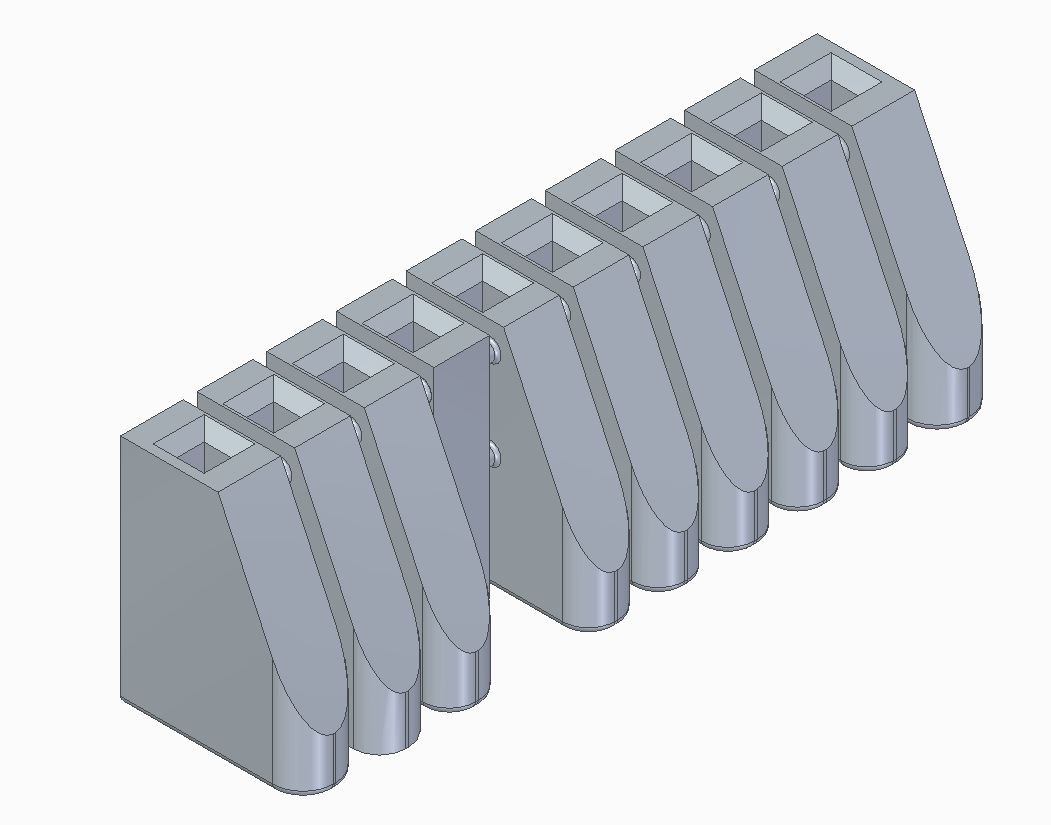 |
An Arduino UNO Compatible Board with isolated Glowing headers and some Extras
To make the experience fit your profile, pick a username and tell us what interests you.
We found and based on your interests.
 |  |
 |  |
 Gerber Files |  |
 |  |
 |  |
Glowing Header - Rev 3.zipx-zip-compressed - 5.98 MB - 05/14/2023 at 01:18 |
|
|
Bottom - Layout.JPGJPEG Image - 541.06 kB - 04/25/2023 at 04:35 |
|
|
TOP - Layout.JPGJPEG Image - 455.97 kB - 04/25/2023 at 04:35 |
|
|
Arduino Uno Plus - Rev1 - Sch.pdfSchematicAdobe Portable Document Format - 859.30 kB - 04/08/2023 at 04:32 |
|
|
Arduino Uno Plus - Rev1 - Gerber.zipGerber FilesZip Archive - 950.45 kB - 04/08/2023 at 04:26 |
|
|
Fiber optic Test
Thank you James Newton For the Suggestion. Adding a fiber optic cable just might work. I used a PMMA Side emission cable an the results seem promising
Unlike the Digital IO pins the analog pins have an led driven by an Opamp and Summation circuit that will map the LED to the Voltage. So the LED will glow with the intensity proportional to the Voltage 0-5V
The Analog LED Circuit is as Follows
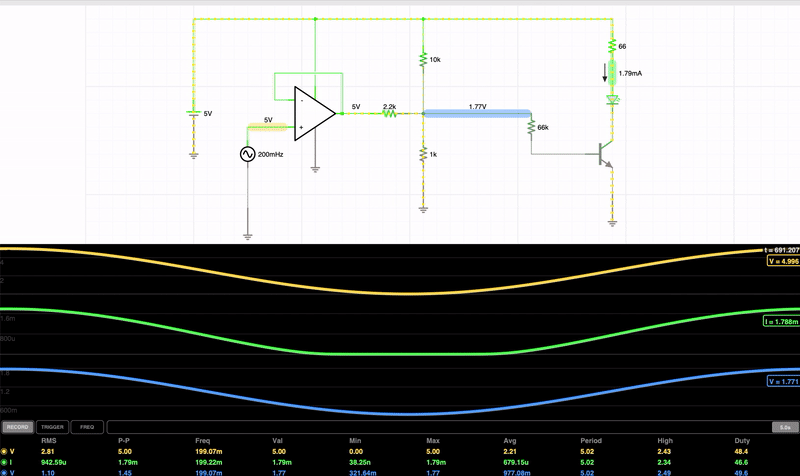
The Opamp Acts as a high impotence buffer So it does not influence any analog input to the pin. A Summation Network is crated to lower the voltage before it gets fed through a 66k Resistor then into a NPN Transistor to drive the Current to the LED
---------------------------------------------------------------------------------------------------------------------------------------------
The Real World Test of this circuit show that the current configuration does a decent job of making the pins Voltage to the Intensity of the LED.
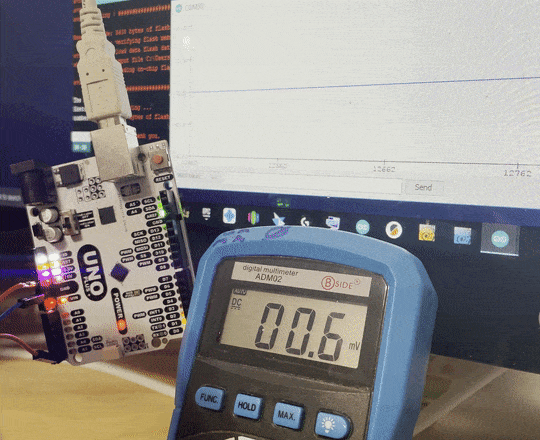
The Atmega328P Has an internal schmitt trigger on all Digital IO Pins. The Schmitt trigger is a great way to reject the Noise of a Digital Pin Especially one that is Left Floating. In addition adding a Comparator to the LED Circuit isolates the pin due to the high input impedance of the Comparator.
However the ATmega 328P does not Express the hysteresis of the Low and High Logic Level.
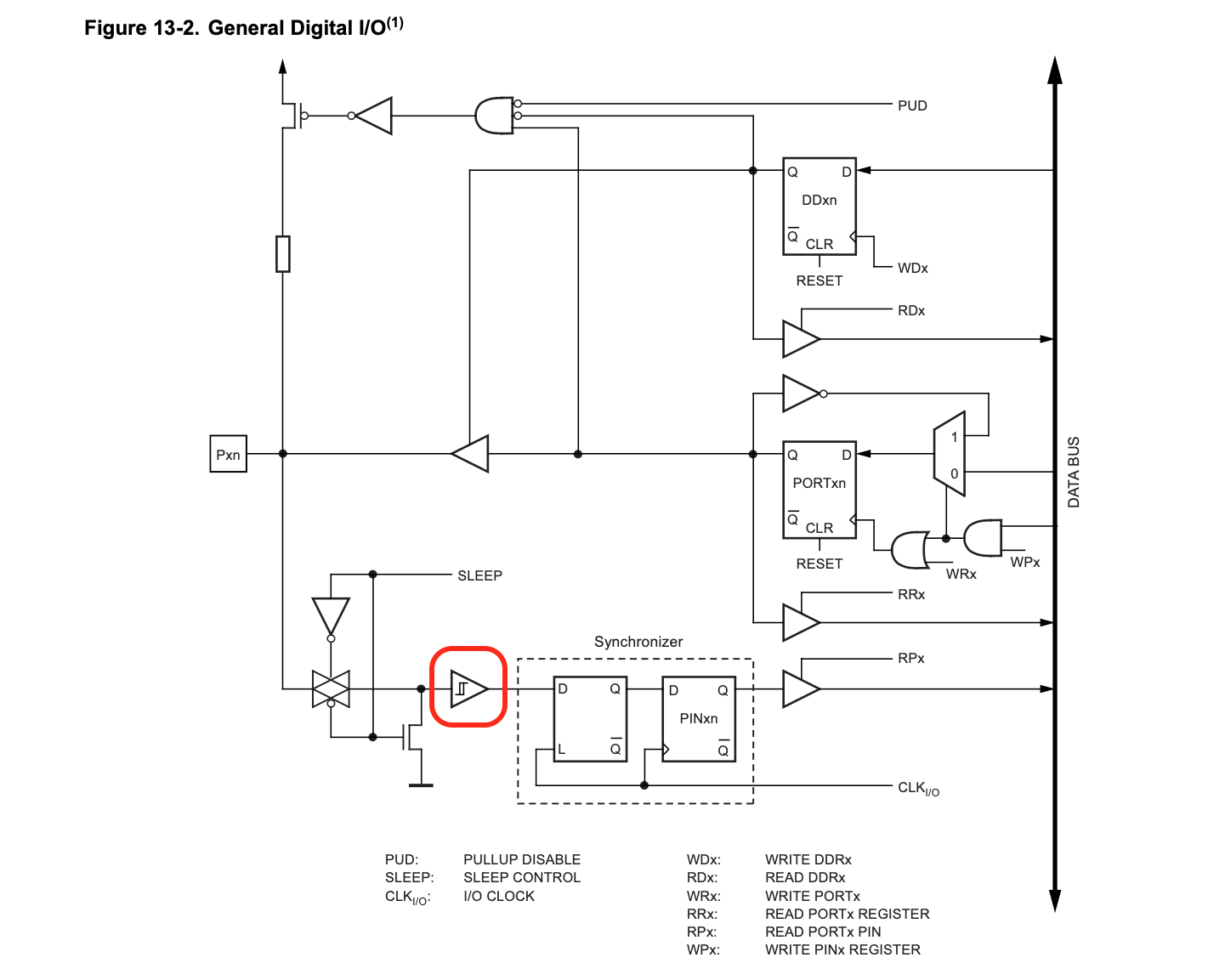
So the People over at RadishLogic Ran the 328P Pins.
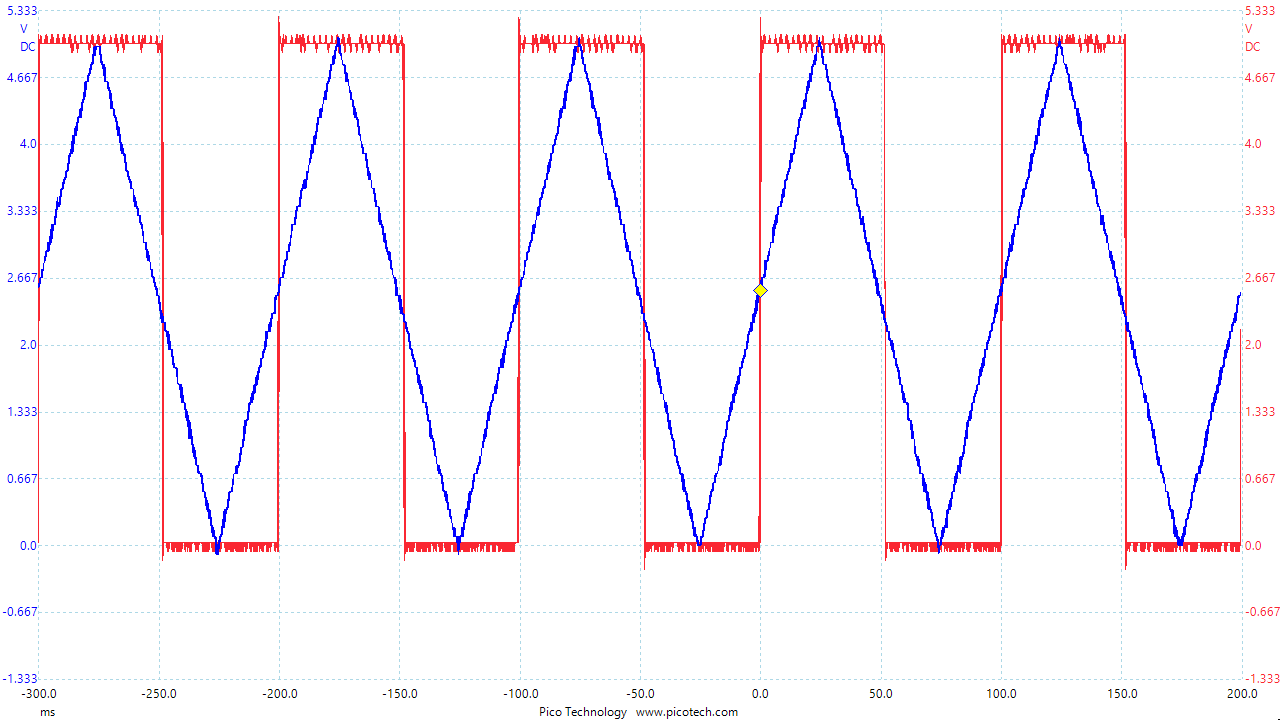
RadishLogic Found that when using USB Buss as the Power the Low High Logic Levels were

Using 33k, 36k, and 150k a comparable Schmitt Trigger can Be Created
Further Testing on PCB Should be conducted to alpine the Schmitt Trigger of Atmega328 to the LED Comparator
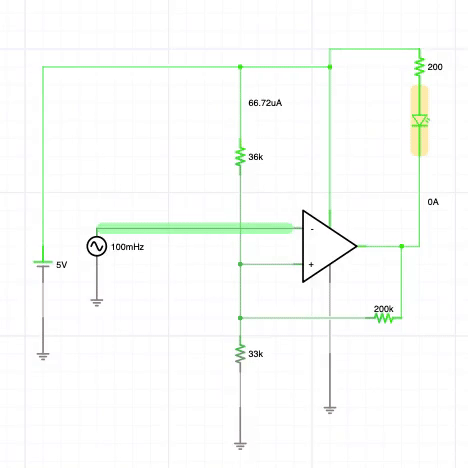
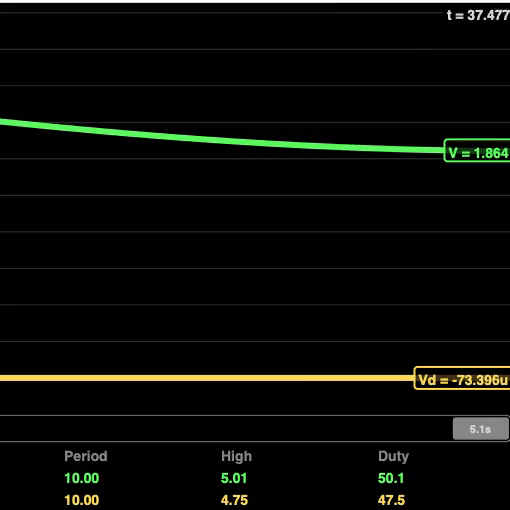
---------------------------------------------------------------------------------------------------------------------------------------------------
Implementing into the Arduino Plus+ Pin seven is set to digital IO and a modified Button Sketch is used.
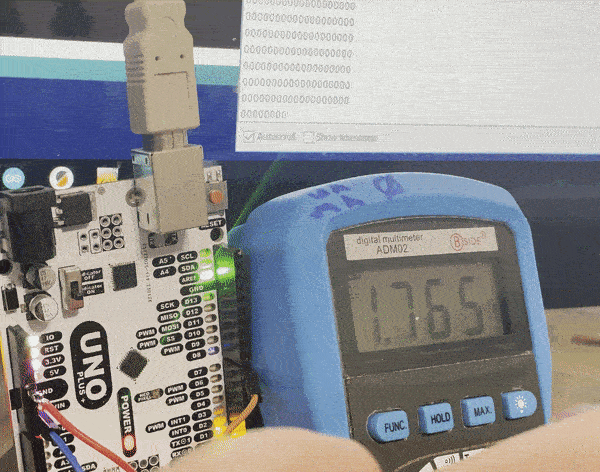
So the real world test of the Schmitt trigger show that
1) The LED Low input State Triggers at 2.29V ------ At Atmega Triggers at 2.44V --- 2.23% error
2) The LED High Input State triggers as 2.52V ------ At Atmega Triggers at 2.52V --- 0% error
The Goal of this Project is to Crate a STEM Oriented Using the Microcontroller that started It all.
Features
1)The Core of this Will Be an Arduino Uno with the 16U2 USB Uart.
2) Every Pin will have a LED Attached to it to show the Status.
3) ALL LEDs will be isolated using A Follower Op-amp and Comparitor circuit.
4) Digital IO Pin LEDs will be Equipped with a Schmitt Trigger that is close to the internal Schmiit Trigger in the Atmega328P
5) Analog Pin LEDs Will illuminate proportionate to the Voltage of the Pin (0V=off, 2V=2mV, 5V=5mV)
6) A Toggle Switch to turn all LEDs Off
7) The LEDs will Be Reverse Mount and Diffused with Epoxy
8) Placing All components on Bottom allows For ample Space to Label all Pins with all Functions.
9) Electronics will be coated in Epoxy to be more STEM Friendly ( Drops, Spills...)
10) Design for Manufacture
Extras
1) STEMMA/QWIIC Connector
2) Neopixel on Pin 6
3) RTC
4) SD Card
5) Speaker
6) Full Color Silkscreen for ease of pin identification
Download the Following 2 Hex Files
Arduino-COMBINED-dfu-usbserial-atmega16u2-Uno-Rev3.hex
--------------------------------------------------
Atmega 16u2 Fuses
LFuse = 0xFF
HFuse = 0xD9
EFuse = 0xF4
--------------------------------------------------
Atmega 328P Fuses
LFuse = 0xFF
HFuse = 0xDE
EFuse = 0x05
Create an account to leave a comment. Already have an account? Log In.
I use Microchip Studio (https://www.microchip.com/en-us/tools-resources/develop/microchip-studio)
Also there is a way to add the 16u2 as a board in the Arduino IDE and lets you Burn the Bootloader. I can't find that tutorial at the moment
Thanks!
I encountered a problem. USB can recognize the model of atmega16u2. Every time using dfu-programmer enters dfu mode, "read" will report an error. After erasing and re-flash the firmware, it will be ok. Once restarted, the error will continue. Since I don't have any magnetic beads, I temporarily soldered a resistor instead.
The reason may be that there are no magnetic beads or that some pins are not soldered firmly?
I NEVER did it thru DFU mode,
Use this tutorial and create a custom 16u2 board
https://www.instructables.com/How-to-Restore-the-Arduino-UNO-R3-ATmega16U2-Firmw/
thanks for your help
I followed https://www.instructables.com/How-to-Restore-the-Arduino-UNO-R3-ATmega16U2-Firmw/ step by step and successfully burned the 328p and 16u2 firmware.
It works!
Thank you very much, it's a great project. Could you design a version that uses CH340G instead of ATmega16U2?
I like this. Consider using bits of thick fishing line to /optically/ connect devices via phototransistors so you can actually "see" the signal go down the "wire". You could even make small logic gates which sense and produce light to teach digital logic. All logic can be done with NAND gates:
http://techref.massmind.org/techref/idea/logicblocks.htm
It's also possible to do some limited analog computing or use PWM to simulate analog in a way that humans can "see" but with greater precision in the transmitted signal (less affected by ambient light).
I hope this goes to a Kickstarter, CrowdSupply, Tindie or other. It's a really great idea. I'll take 3.
Where did you source the glowing headers? Can you share port numbers and suppliers for them?
Thanks for uploading! I tried printing them myself on a resin printer. Worked pretty well. Headers are functional - but a little more annoying to use than regular headers due to added friction (and assembly time). Very cool concept!
A very cooooooooool ATmega,that is really helpful,i think.
That's cool and very useful. I've lost track of the number of times I've counted pin socket positions to insert leads. I wish they had been built your way from the beginning. I'm waiting for the R4 though. But there's still a lot of life in the R3.
Become a member to follow this project and never miss any updates
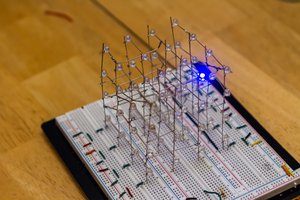
 endevor100
endevor100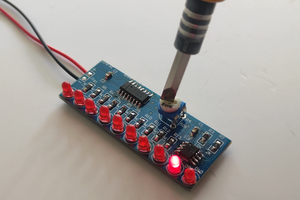
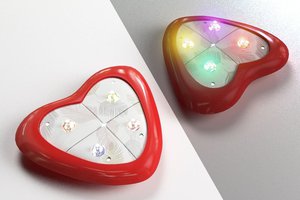
 Grant Stankaitis
Grant Stankaitis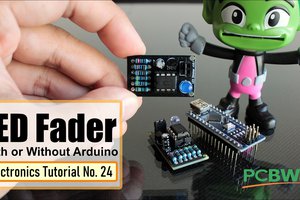
 Hulk
Hulk
Thank you for your sharing. I tried to do it myself. I encountered a problem when burning ATmega16u2. Can you share how to burn Arduino Uno firmware?